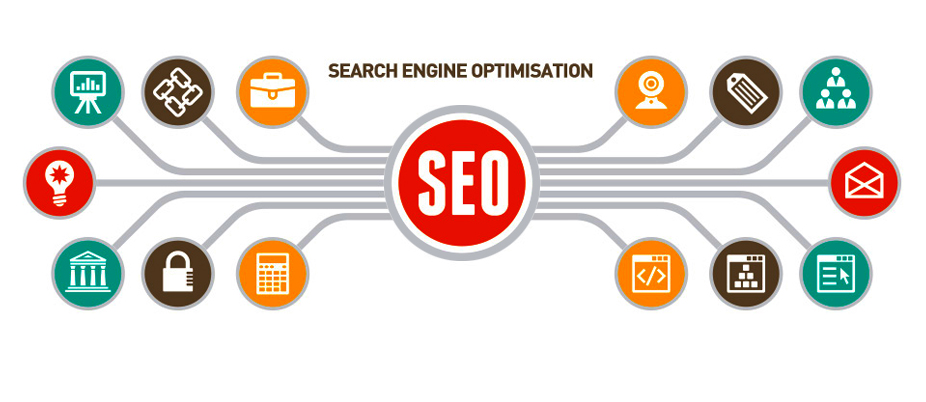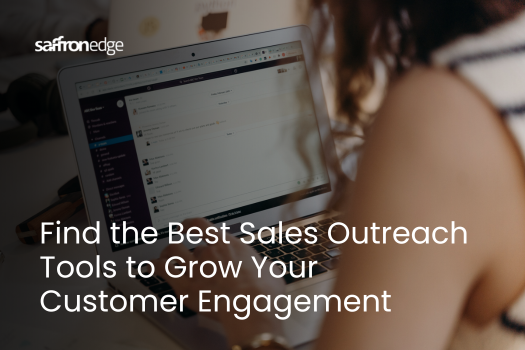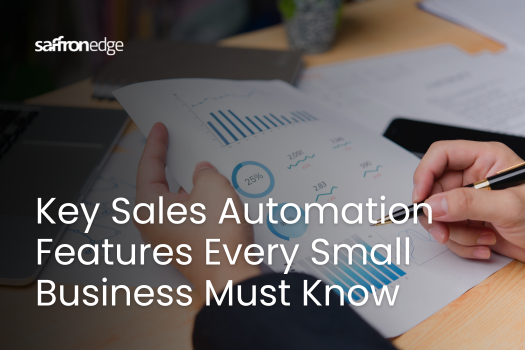Advanced Guide to AEO: Everything About Answer Engine Optimization
Many people turn to AI platforms like ChatGPT to get instant answers to their questions, often finding it faster than sifting through Google search results.
With more users relying on AI for quick answers, businesses recognize the importance of optimizing their content for AI responses, not just search engines. This process is known as Answer Engine Optimization (AEO).
This guide will break down AEO, explain its benefits, and walk you through how to optimize your content for AI-powered search results.
What is AEO?
Answer Engine Optimization (AEO) is the practice of optimizing your content so it can be selected as a direct answer by search engines. AEO increases the likelihood that your website will be featured in the most visible sections of the search results page, like the featured snippets, knowledge panels, or position zero.
What differentiates AEO from traditional SEO is its focus on targeting snippet-type results that directly answer a user’s question. Such answers are usually at the top of SERPs and were developed to deliver brief and concise replies to users’ questions.
AEO focuses on content that can be pulled directly into these answer boxes. This content can include definitions, steps, or specific answers the user will likely need. When done effectively, AEO, combined with our expert SEO services, helps increase visibility and drive traffic to your website.
How Does AEO Benefit Your Business?
Optimizing for AEO brings several advantages for businesses looking to improve their online presence:
Increased Visibility: Featured snippets and direct answers appear at the top of the SERPs, giving your content higher visibility than standard search results. This is especially beneficial since featured snippets often receive more clicks and engagement.
Improved Click-Through Rate (CTR): Answer engines usually display results in prominent positions on the page, which can increase the CTR. When your content appears in these positions, users are likelier to click on your link for more detailed information.
Enhanced Brand Authority: Being selected as an answer engine result positions your website as a credible authority. This can increase user trust and improve overall brand reputation.
Competitive Advantage: AEO allows businesses to stand out by optimizing their content for these featured answer results, which fewer businesses actively target.
Better User Experience: AEO provides users with immediate, relevant answers. This way, your business can improve the product's usability, leading to customer satisfaction and loyalty.
SEO vs. AEO
While both SEO and AEO improve a website’s visibility, they focus on different aspects of search engine results.
SEO is all about appearing higher on the traditional web search results. The main idea is to target keywords to help bring the site to the top of search engine results pages.
On the other hand, AEO directly targets snippets and direct answers.
The objective is to format content so that search engines can easily pull it as an answer to specific queries. AEO emphasizes providing users with concise, well-structured, and informative content that answers their questions without navigating to another page.
SEO focuses on ranking for keywords and improving organic traffic. AEO focuses on creating content that can be pulled directly into answer boxes and offers immediate answers.
A business that optimizes for SEO and AEO can benefit from higher rankings in the regular SERPs and a featured position in answer boxes, improving organic traffic and visibility.
How do answer engines work?
Answer engines function based on an advanced algorithm that assesses the intent behind a user’s query and delivers the most relevant answer.
Google, for example, uses machine learning and AI technologies like BERT (Bidirectional Encoder Representations from Transformers) and RankBrain to understand the context of user searches better.
Here’s a look at how answer engines work:
1. User Query
When a user enters a search query, answer engines evaluate the question to determine the most appropriate and accurate response. These queries range from simple factual questions to complex, multi-faceted ones.
2. Data Collection
Search engines scan the web to find content that addresses the query. They look for structured data, clear information, and authoritative sources.
3. Direct Answers and Rich Snippets
Once relevant content is identified, the search engine may display it as a direct answer, a list, a table, or a format in "Position Zero" (the space above the organic search results). These answers are often pulled from structured data, such as FAQ pages or How-to articles, that can easily provide direct and concise information.
4. Ranking Factors
Search engines use different factors to determine the order in which content should appear, such as relevance, source, and clarity of the content. AEO-optimized pages with structured data are more likely to be featured on the site.
Want to rank your website on answer engines?
Our SEO experts are here to help you leverage AEO to get your content in front of the right audience. Improve your chances of appearing in answer boxes, driving more meaningful engagement with optimized and concise answers.
Get Started with AEO
7 Steps to Optimize Website for AEO
Optimizing for AEO requires a strategic approach to content creation and structure. Here are some essential tips to help you get started:
1. Target Specific Questions
To rank for featured snippets and direct answers, you need to focus on questions users are searching for. Use tools like AnswerThePublic or Google’s "People also ask" feature to identify common queries related to your industry.
2. Use Structured Data
Structured data, such as Schema markup, helps search engines understand the context of your content. Implementing structured data on your pages can improve the likelihood of your content being pulled for a featured snippet.
3. Provide Concise and Clear Answers
When writing content, answer the user’s question directly and succinctly. Featured snippets often pull 40-50 words of content, so aim for brevity while offering valuable information.
4. Optimize for Featured Snippets
Focus on creating content that addresses commonly asked questions in your industry. Format your answers in a way likely to be pulled by search engines, such as bullet points, numbered lists, or tables.
5. Improve Content Quality
Content that is thorough and authoritative has a higher chance of being featured. Ensure your material is carefully researched, accurate, and created to be easily understood by search engines and users.
6. Develop FAQs and How-To Guides
Frequently asked questions (FAQs) and How-to guides are often targeted for featured snippets. Including these sections on your website will make it easier for search engines to extract direct answers from your content.
7. Optimize for Voice Search
With the rise of voice-activated search assistants, optimizing your content for voice queries is essential. Voice searches are longer and more conversational, so focus on providing natural-sounding answers.
How to Track and Improve AEO Performance?
AEO can significantly impact website traffic and user engagement, especially as more search engines prioritize providing direct answers to user queries. To track this impact, businesses can use various tools and metrics:
Google Search Console: This tool can provide insights into how your content performs in search results, including how often it appears as a featured snippet or direct answer. It helps track keyword rankings and click-through rates (CTR), clearly showing AEO's success.
Analytics Platforms (Google Analytics, etc.): By monitoring the traffic to pages optimized for answer engines, you can measure user behavior, bounce rates, and time spent on the page. This data will help assess whether answer-driven content increases engagement compared to traditional content.
Click-through Rates (CTR): Measure how many users click on your direct answer snippets in search results. A high CTR indicates your content is recognized as a valuable answer, leading to more traffic.
Conversion Rates: After users click on your direct answer, do they engage with your content further (such as signing up, downloading, or purchasing)? Measuring conversions can show if AEO leads to meaningful user actions.
Competitor Benchmarking: By analyzing competitor pages ranking for similar queries, you can gauge how well your content performs against others in the same industry. This allows for better refinement of your AEO strategy.
Track Featured Snippet Performance: Use tools like Google Search Console or SEMrush to track your rankings for featured snippets and other answer engine results. Monitor how often your content appears and its position.
Improve and Test Content: Regularly refine your content based on user feedback and search engine data. Test different formats and structures to determine what works best for your target queries.
Using these metrics, businesses can track the effectiveness of their AEO efforts and make data-driven adjustments to improve their performance in answer engines.
7 Common AEO Mistakes to Avoid
As AEO is still a relatively new area of digital marketing, beginners might make several common mistakes. Avoiding these errors will ensure a more effective strategy for optimizing content for answer engines:
Ignoring Search Intent: One of the most critical aspects of AEO is understanding user intent. Simply answering a question is insufficient; the answer must match the user's wants. Make sure your content directly addresses the user's query concisely and clearly. Failing to do so can lead to poor rankings in answer engines.
Overstuffing Keywords: While SEO traditionally focuses heavily on keyword optimization, AEO is more about providing succinct, accurate answers. Overstuffing your content with keywords can make your answers appear less natural and decrease the likelihood of being featured in a snippet. Focus on relevance rather than just keyword density.
Not Using Structured Data Properly: Structured data, such as schema markup, is vital in helping answer engines understand and present content effectively. Without proper schema markup, even the best-optimized content might not get the visibility it deserves in the answer box. Ensure you use the right markup for FAQ sections, how-to guides, and other structured formats.
Overcomplicating Answers: One of the key features of AEO is presenting information in a simple and digestible format. Overcomplicating your answers with excessive details or technical jargon can decrease your chances of being featured in answer engines. Focus on providing clear, concise answers in bullet points, numbered lists, or brief paragraphs.
Neglecting Mobile Optimization: Ensuring your content is mobile-friendly is crucial with the increasing use of mobile devices. AEO is often more successful when accessible content is easily read on mobile devices. Test your pages for mobile optimization and ensure they load quickly for a better user experience.
Failing to Update Content: Answer engines prioritize fresh, relevant content. If your content is outdated or no longer provides value to the user, it might be pushed down in search results. Regularly review and update your content to keep it relevant and accurate.
Not Tracking Performance: Many businesses fail to track their AEO performance using tools like Google Analytics or Search Console. Without these insights, it’s hard to measure the effectiveness of your AEO efforts or identify areas that need improvement. Continually monitor your rankings and engagement metrics to refine your strategy over time.
By avoiding these common mistakes, you can significantly improve your chances of success with AEO and ensure your content is properly optimized to appear as a direct answer in search engine results.
Conclusion
A well-executed AEO strategy can help your business appear in answer engine results, directing traffic to your website and increasing conversions. However, like SEO, AEO can be complex and may need professional assistance to optimize your strategy fully.
At Saffron Edge, We help businesses improve their websites for SEO and AEO. Our team can work with you to find key opportunities, strengthen your content strategy, and boost your visibility in today’s search-driven market. ...
read more 










